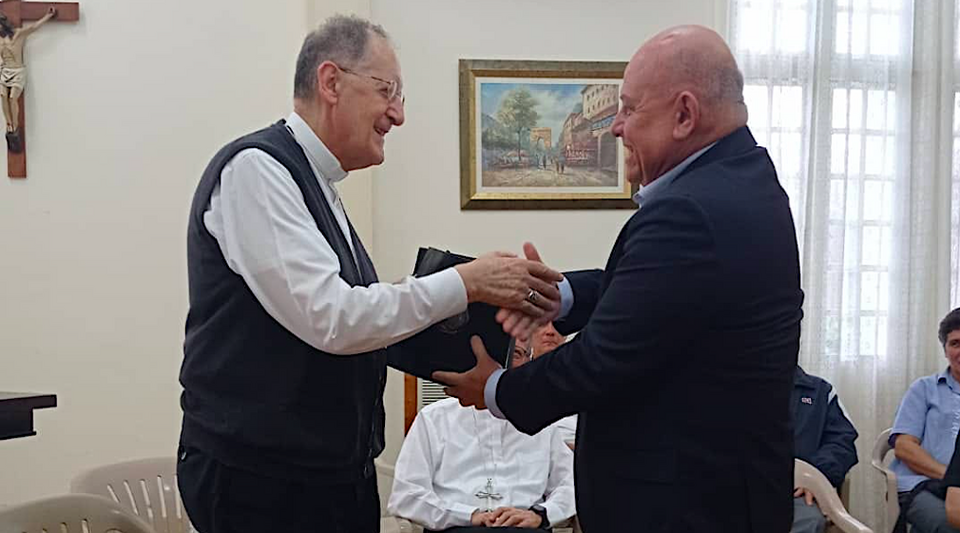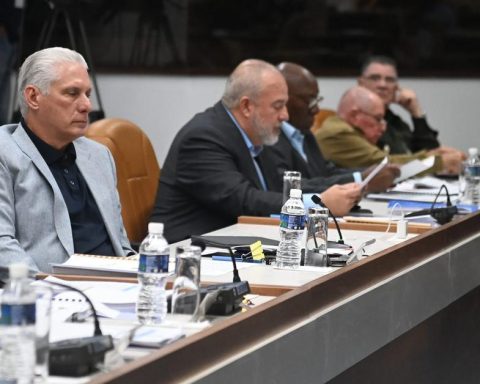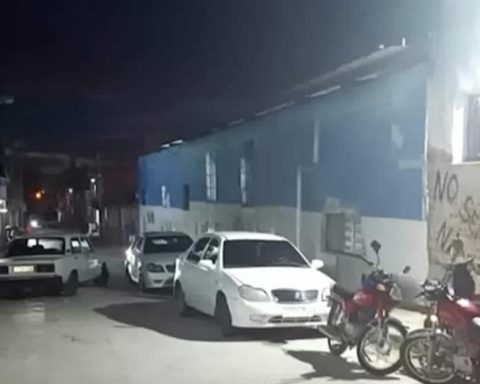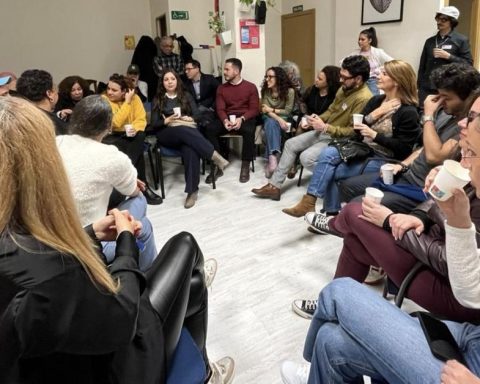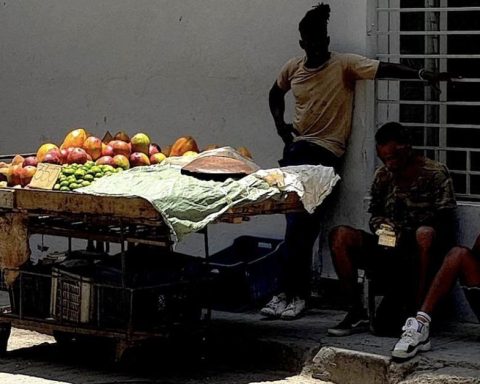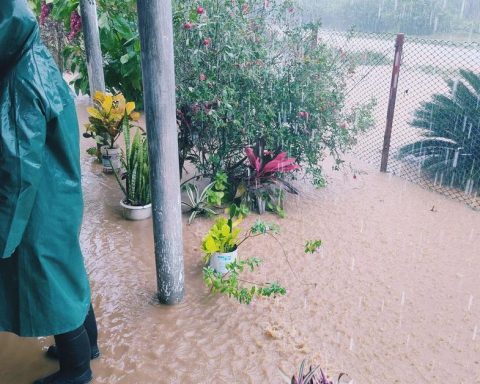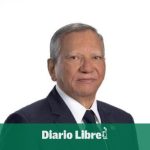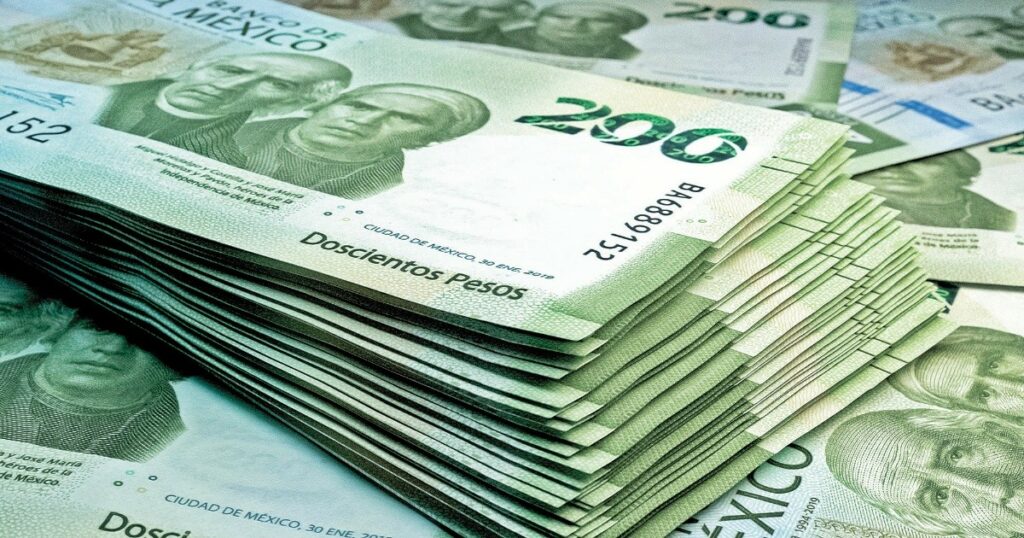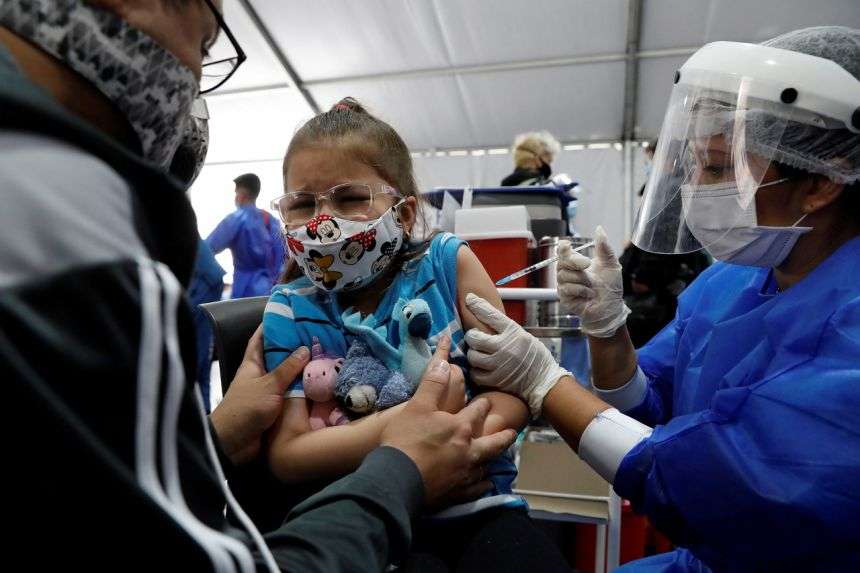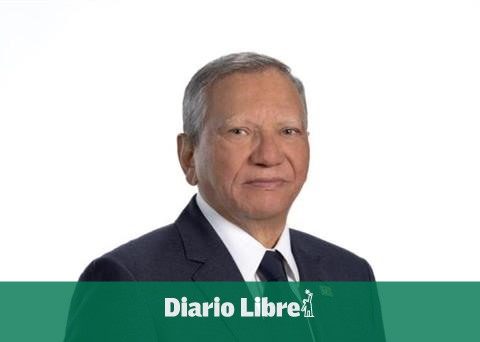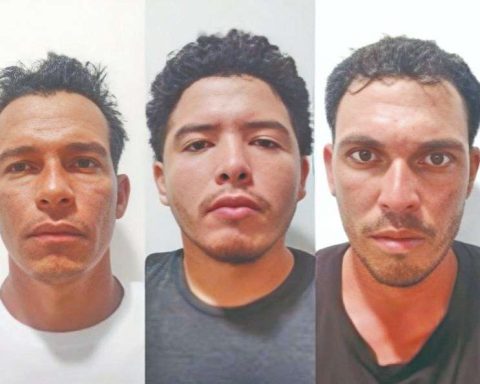The photo published on January 23 by the Cuban Foreign Ministry He left no doubt as to who is in control of the story about the visit of Cardinal Beniamino Stella. In a protocol room, the Vice Minister of Foreign Affairs, Elio Rodríguez Perdomo, talks with Stella. On the left smiles the implacable Caridad Diego, who has been managing the religious affairs of the Communist Party since 1993. On the right, with arms crossed, a nervous grimace and looking out of the photo, Cardinal Juan García is bored.
Despite the fact that Stella’s visit was an initiative of the Cuban bishops to commemorate the trip to the island 25 years ago, of Pope John Paul II, the Government quickly took action on the matter. The Foreign Ministry’s propaganda transformed the religious event and placed the accent on Fidel Castro and his reception of the pontiff in January 1998.
Stella’s schedule, which is still touring the Island, has been so discreet and silent that she seems to have already returned to Rome. She still has Masses left in various provinces, which will be closely monitored by officials and will count on the non-confrontational will of the local bishops.
The only interesting thing that happened during the visit was Stella’s meeting with the intellectual and Catholic leader Dagoberto Valdés, next to the tomb of Bishop José Siro in Pinar del Río.
The only interesting thing that happened during the visit was Stella’s meeting with the intellectual and Catholic leader Dagoberto Valdés, next to the tomb of Bishop José Siro in Pinar del Río. The occasion motivated an approach of the Episcopal Conference to Valdés, who was withdrawn all official support from the Catholic hierarchs several years ago.
Valdés gave the cardinal several books with his articles published in the magazine stained glass -which he founded and directed- and was able to talk frankly about John Paul II and the successive messages he offered to Cubans about family, youth, culture and faith, the same ones that are now reinterpreted by the official media in an “internationalist and anti-imperialist” key. “.
If the Polish Pope said “that Cuba open up to the world with all its magnificent possibilities” – a clear reference to the need for an economic, political and ideological respite during the Special Period –, Televisión Cubana reads an invitation for countries to see the Island as an example of a combative and resistant nation.
Likewise, when Wojtyla approached the tomb of Félix Varela at the University of Havana, he was not praying in front of the remains of a saint, but observing a minute of silence for a politician and a patriot. The instruction that the media received is to quote Castro and not so much the pontiff: “There will be no country better prepared to understand his happy idea,” the then president assured the Pope, after listing his childhood traumas in Catholic schools .
But perhaps the most grotesque appropriation of the legacy of John Paul II and Stella’s visit is the exhibition inaugurated at the National Library. The memory of that one belongs to us, was the message between the lines of Omar Valiño, director of the institution, who considered that the most valuable thing he had shown Stella was the lapel or security credential that he was forced to wear in 1998.
Another provision was to omit any image of Pedro Meurice, the archbishop of Santiago who accused Castro –to a crowd– of having substituted “a party” for the homeland and “an ideology” for culture.
Valiño, Caridad Diego and the Minister of Culture, Alpidio Alonso, led the cardinal – addressing him by his first name, Beniamino – through photographs, documents, caps, key chains and stickers, as well as a facsimile of a note from Castro for the death from Wojtyla.
In all the photos, the protagonist is Castro: scolding Wojtyla, telling him what time it is, raising his finger in a speech, with his knees very close during masses –Manuel Vázquez Montalbán called him “the Pope’s altar boy”– or sending him back. back to the Alitalia plane.
Another forecast was to omit any image of Pedro Meurice, the archbishop of Santiago who accused Castro – to a full audience – of having substituted “a party” for the homeland and “an ideology” for culture. Like Meurice’s speech, other phrases by Wojtyla in Havana, Santa Clara, Camagüey and Santiago de Cuba remained in the memory of Cubans and have now been rescued, in parallel to the state fanfare, by more modest exhibitions organized within the bishoprics and parishes of the Island.
Meanwhile, the members of the Episcopal Conference, who were the original hosts of Stella, have been left behind, as if baffled in the images shown by Cuban Television, as the government rewrites the memory of the visit.
Very little can be expected from the ecclesiastical leadership, in check since before the 9/11 protests, whose messages have had little force against the Government. Those who saw Beniamino Stella’s trip as a call to order from the Pope to Díaz-Canel, a gesture of support for the Episcopal Conference and a critical look at the reality of the Island, were wrong.
Beniamino Stella, the apostolic nuncio of the Special Period, with the prestige of having been the “strong man” of the Vatican in Cuba, smiles for the camera. He has not come to seek trouble with anyone.
________________________
Collaborate with our work:
The team of 14ymedio He is committed to doing serious journalism that reflects the reality of deep Cuba. Thank you for accompanying us on this long road. We invite you to continue supporting us, but this time becoming a member of our newspaper. Together we can continue transforming journalism in Cuba.
